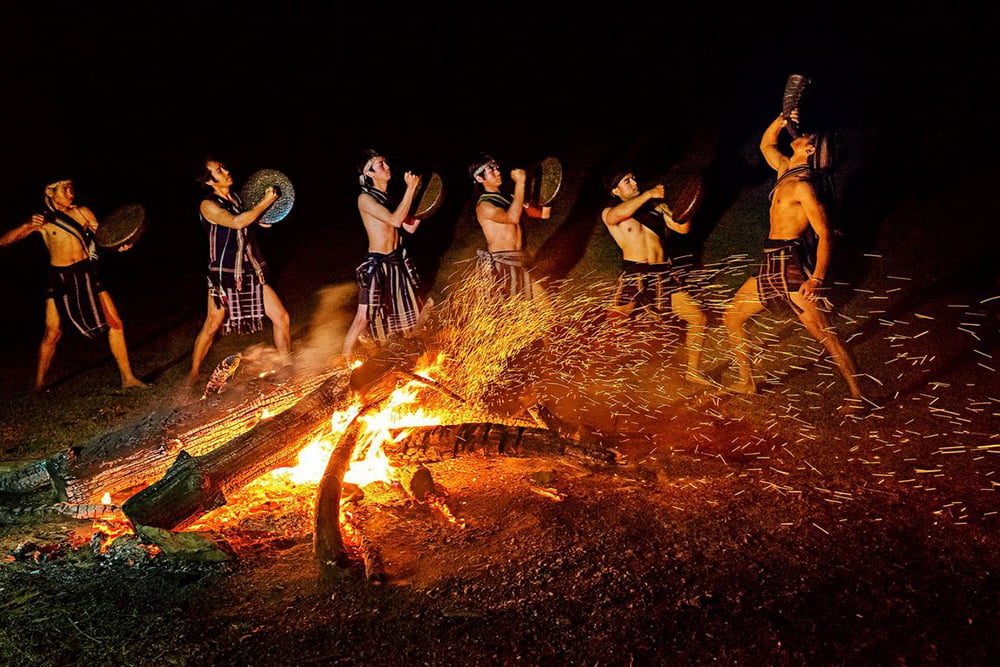
Cultural space of the Central Highlands and the impact of the current administrative unit rearrangement
The Central Highlands is a majestic and beautiful land, mainly highland terrain, located in the West of the Truong Son range, including the provinces of Kon Tum , Gia Lai, Dak Lak, Dak Nong and Lam Dong (1) . This land is home to 54 ethnic groups, including 12 local ethnic minorities, Kinh people and ethnic minorities migrating from other places. The culture of the Central Highlands is shaped by the harmonious combination of tangible and intangible elements, creating a unique and distinctive cultural space. Prominent tangible culture is the communal house, the long house, where community festivals take place; intangible culture includes customary laws, epics, folk tales... Many famous epics such as Dam San, Xing Nha, Dam Di,... are not only valuable cultural assets, but also reflect the worldview, outlook on life, values in community history and ethnic thinking. In particular, the gong cultural space is recognized by the United Nations Educational , Scientific and Cultural Organization (UNESCO) as a "Representative Intangible Cultural Heritage of Humanity", with special appeal in its unique performance techniques and is a symbol of the synthesis of diverse cultural values, the pride of the ethnic groups here, a precious heritage of the Vietnamese people, contributing to the diversity of national culture.
In the context of administrative reform and optimization of the state apparatus, Vietnam has implemented the rearrangement of administrative units to streamline the apparatus of the political system, improve operational efficiency and promote socio-economic development, demonstrating the determination to "resolutely carry out the revolution to build a truly streamlined political system, operating effectively and efficiently, meeting the requirements and tasks in the new revolutionary period" (2) . In the Central Highlands, the decision to rearrange administrative units has been of interest to the Party and State not only in terms of area and population, economic and traffic connectivity, security and defense protection, etc., but also in terms of specific geographical, cultural and ethnic factors. Accordingly, Resolution No. 60-NQ/TW, dated April 12, 2025, the 11th Conference of the 13th Party Central Committee decided to merge: Dak Lak province and Phu Yen province (political and administrative center located in Dak Lak province); Gia Lai province and Binh Dinh province (administrative center located in Binh Dinh province); Kon Tum province and Quang Ngai province (administrative center located in Quang Ngai province); Lam Dong province, Dak Nong province and Binh Thuan province (political and administrative center located in Lam Dong province).
This change is not only an administrative reform step to streamline the apparatus, promote socio-economic development, but also opens up many opportunities, creating new motivation to preserve and promote the unique cultural space of the region, specifically: 1- Increase resources for cultural preservation : Consolidate and focus the budget, invest in the restoration of gong spaces, ethnographic museums, traditional cultural villages. Attract experts in ethnology, archaeology, establish research institutes in the new province; 2- Synchronized cultural planning : Planning cultural spaces for ethnic minorities, multi-functional cultural centers, building inter-provincial networks to share resources, develop handicrafts, music, and fashion in the Central Highlands; 3- Promote cultural tourism : Combine regional identity with coastal provinces, open tours and routes to experience the culture of ethnic minorities, connect destinations in coastal areas, such as Phu Yen, Binh Dinh, contributing to achieving the target of 15% - 20% of cultural tourism revenue; 4- Strengthen international cooperation : The new province with a large scale is a catalyst to attract UNESCO, international organizations, foreign universities, support the digitization of gong heritage, research on ethnic minority languages; 5- Protect the identity of ethnic minorities : Implement Resolution 60-NQ/TW, the merger process must seek the opinions of the people as voters in the relevant localities (3) , including ethnic minorities, creating opportunities for them to participate in cultural policy making, ensuring that their identity and traditions are preserved.
However, the process of streamlining the apparatus and rearranging administrative units can also raise some issues in terms of state and social management: 1- Urban urbanization press Ace Cultural space : The rearrangement of administrative units will promote the strong urbanization process of the Central Highlands, the inter -provincial infrastructure development project increases pressure on traditional cultural space, affecting festivals and traditional rituals associated with special architectural works; 2- Cultural livelihoods are affected : Ethnic minority communities in the Central Highlands depend on a number of cultural activities, such as brocade weaving, gong performances, wine production, etc. to maintain their livelihoods. After the rearrangement of administrative units, priority may be given to industries and services, thereby reducing support for traditional cultural livelihoods, affecting the income of the people; 3- New requirements for cultural and social management : Cultural exchange can promote mutual understanding, but also raises a number of issues that need attention, first of all, the emergence of new requirements in state and social management; 4- Heritage management, planning and conservation activities in the new administrative area face many difficulties and obstacles: Restructuring administrative units will lead to administrative units with larger areas and populations, causing difficulties in heritage management; the resources of staff with in-depth knowledge of local culture may decrease when cultural agencies are merged; planning for cultural heritage conservation in the new administrative area may face difficulties due to the cultural characteristics of the localities.
Urgent issues in preserving the cultural space of the Central Highlands
Firstly, the risk of lacking a comprehensive, synchronous plan. In the context of the Central Highlands region undergoing strong changes in administrative reform and socio-economic development, the absence of a long-term, interdisciplinary comprehensive plan becomes a major problem. Many localities have not yet integrated cultural conservation into socio-economic development planning, causing urban, tourism and industrial development plans and strategies to conflict with the goal of preserving cultural space. Urban planning in many places has not taken into account the traditional cultural structure of local ethnic minorities, disrupting community living spaces such as communal houses, long houses, and water wharves (which are pillars of the spiritual life of ethnic groups). Furthermore, the participation of local communities in planning stages is limited, leading to policies lacking feasibility and sustainability.
Second, the risk of loss of intangible cultural heritage. In practice, the culture of the Central Highlands is not limited by the administrative map, but is directly affected by the mechanisms, policies, management apparatus and implementation capacity of local authorities. Although this is a place with a large and rich intangible cultural treasure, most notably the "Central Highlands Gong Cultural Space", epics, folk festivals and traditional rituals of local ethnic minorities..., it is facing the risk of loss. The main cause comes from the decline in the number of artisans (people who are capable of practicing and teaching traditional cultural values); a large number of young people are increasingly estranged from traditional culture, deeply influenced by urban lifestyles and popular culture. The lack of research, collection, documentation and transfer of cultural knowledge to the next generation has led to a break in the cultural flow; Many traditional festivals have been cut or changed in content, gradually losing their sacredness, becoming formal, serving commercial purposes (4) .
Third, pressure force urbanization and release economic development . The speed of urbanization and economic development in the Central Highlands in recent times has brought about many major changes in infrastructure, but also entailed many consequences for cultural space. The expansion of residential areas, public works and new traffic routes has invisibly changed the natural landscape and sacred spaces associated with the religious life of the people. The land structure is used to prioritize serving the goal of economic development, causing many heritages to be encroached upon or relocated; the uncontrolled commercialization of cultural products, especially in the tourism sector, has also distorted many original cultural values, creating "fake traditional" products to serve market demand, but erode the local cultural identity (5) .
Rank private, lacking effective mechanisms and resources. Cultural preservation in the Central Highlands has long faced many difficulties in terms of mechanisms and resources, especially in implementing long-term preservation projects. A part of the team of specialized staff in the cultural field is lacking in quantity and weak in expertise; facilities for archiving, displaying and organizing cultural events are still poor and lacking in uniformity. Coordination between government levels, departments, sectors and the social community is still fragmented, lacking unity in action; mechanisms to encourage people and social organizations to participate in preservation have not been designed and organized effectively, lacking transparency and sustainability (6) .
Rank year , awareness and conservation consciousness culture Have there , there at the time still limit . For a long time, the culture of ethnic minorities in the Central Highlands has not been properly evaluated in the local development strategy. Some managers still have the idea that cultural preservation is a secondary task, not directly affecting economic development. Meanwhile, a part of the people, especially the younger generation, lacks understanding and is "afraid" to attach to and preserve traditional cultural values. In fact, raising public awareness and responsibility of authorities at all levels is a key factor to protect and sustainably promote the Central Highlands cultural space in the context of strong transformation today (7) .
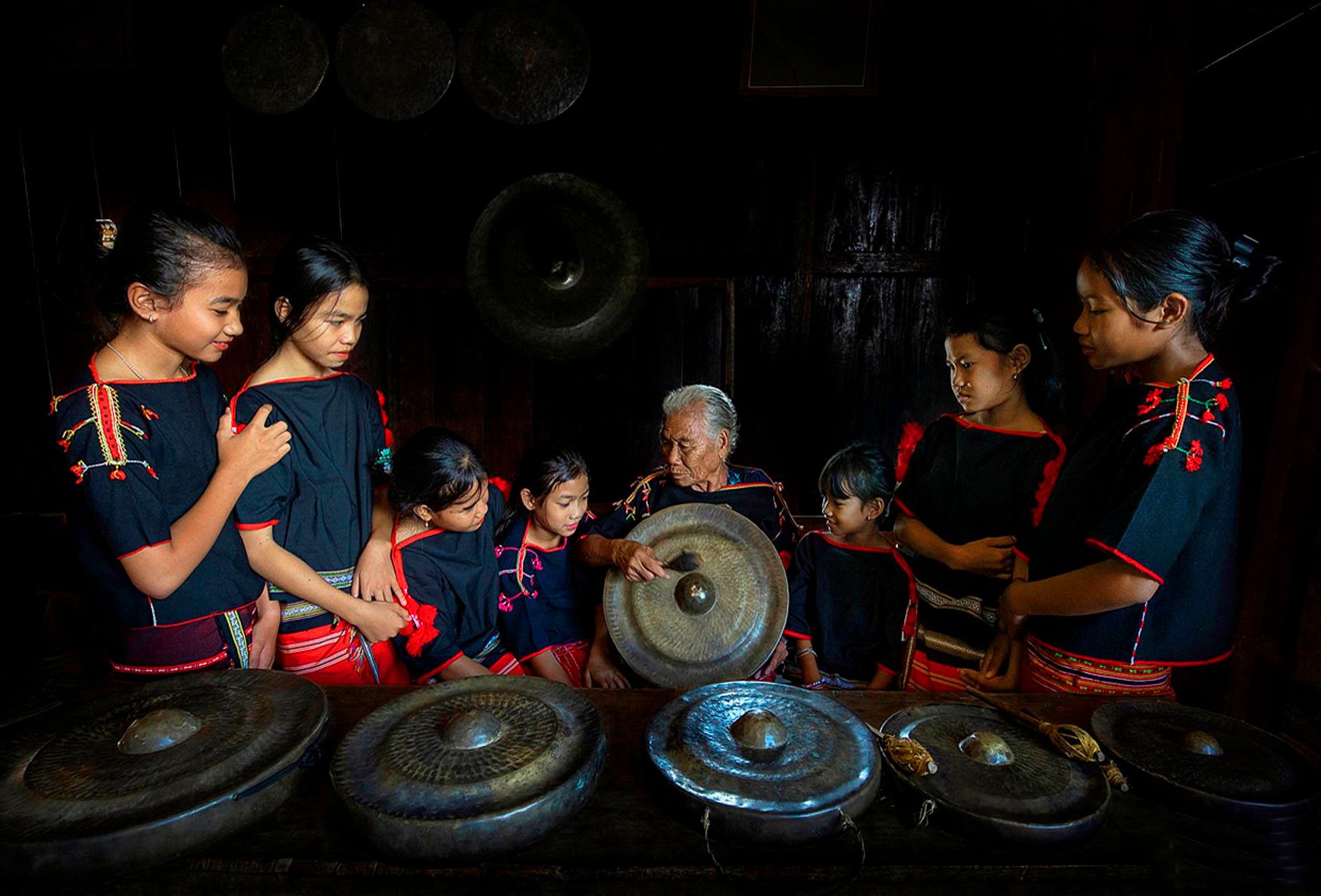
Urgent task to preserve the cultural space of the Central Highlands in the context of current administrative unit rearrangement
First, focus on building a data system. and Implement the master plan on the basis of implementation, closely following the Party and State's guidelines and policies on preserving and promoting cultural values to serve the development cause ( 8 ) . In the Central Highlands, cultural space is not only tangible heritage , but also includes intangible heritage, so the urgent task is to focus on building and implementing a master plan to preserve cultural space, integrating it into socio-economic and urban planning. First of all, promptly systematize a comprehensive database on cultural space in the Central Highlands, including heritage distribution maps, status reports and lists of risk factors; conduct a general inventory of tangible and intangible heritage, such as communal houses, long houses, gongs, epics, artisans, music, languages, etc. through the Geographic Information System (GIS) and survey programs. Regulate conservation areas in urban planning; At the same time, consider establishing a regional cultural management agency and an advisory council with village elders and experts in planning.
Along with that, the master plan for cultural conservation in the Central Highlands region must be integrated with the planning for socio-economic, urban and tourism development; clearly identifying key cultural conservation areas, such as traditional villages, hamlets, festival spaces and intangible cultural heritage. Organize seminars, talks, and scientific works with community consultation to collect opinions from people, especially artisans and the elderly, to ensure that the planning accurately reflects cultural identity and actual needs. On the other hand, pay attention to and protect cultural spaces in the process of urbanization and sustainable tourism development; increase investment in management, increase the conservation budget by 2% - 5%, attract and encourage the companionship and support of businesses... Continue to effectively implement propaganda and education work through integrating new content on cultural education into general and university programs in the region; utilize media to promote the cultural values of local ethnic minorities; regularly organize cultural festivals in the Central Highlands, thereby raising community awareness and attracting public attention.
Second, priority conservation and release cultural heritage intangible . According to the 2003 UNESCO Convention for the Safeguarding of Intangible Cultural Heritage, the protection of intangible cultural heritage includes “practices , expressions, knowledge, and skills recognized by the community as part of its cultural identity”. Accordingly, all levels and sectors need to strengthen research, collection, and digitization of intangible cultural heritage to fully record and archive intangible cultural heritage in the Central Highlands, such as gongs, epics, languages, and customs, to prevent the risk of loss; cooperate with research institutes to analyze and classify heritage; create conditions, increase support, and recognize the role of artisans and heritage holders to confidently pass on heritage to the younger generation, ensuring the continuity of cultural practices. Develop educational programs, promote, and organize cultural events to raise public awareness of the value of intangible cultural heritage; Restore and maintain traditional festivals, community cultural activities; develop cultural tourism models... contributing to ensuring cultural values are preserved in the context of administrative unit rearrangement.
Third, control the urbanization process and develop the economy in a sustainable manner. In fact, the expansion of transport infrastructure, industrial zones and new urban areas inevitably leads to some impacts on sacred lands, places where ceremonies are held, and even breaks the traditional structure of villages and hamlets of ethnic minorities. Therefore, it is necessary to establish a mechanism to strictly control the planning and construction of infrastructure, especially in areas with special cultural values; integrate cultural heritage elements into urban planning and regional development, conduct cultural impact assessments before implementing large projects; build "cultural buffer zones" around hamlets, villages, festival spaces or sacred landscapes to limit the impact of the urbanization process. Focus on inheriting and preserving cultural values through vivid practice in contemporary economic life, with special attention to developing sustainable cultural tourism, creating livelihoods for people, including promoting community-based tourism (where local people, especially ethnic minorities, play a leading role in introducing culture, organizing and benefiting from tourism activities, instead of letting tourism businesses commercialize without control). Develop policies to support the development of traditional crafts and economic activities based on traditional culture, such as brocade weaving, making musical instruments, producing rice wine, making tomb statues, etc.
Rank , increase investment and improve the preservation mechanism. Cultural preservation can only achieve real effectiveness when placed in a clear and stable policy institution and guaranteed by appropriate financial resources. Currently , the budget for cultural preservation in many localities is still low, mainly supporting events, not a resource to create a long-term foundation for heritage development; therefore, it is necessary to allocate sufficient financial resources, not only from the state budget, but also through the socialization of resources in a transparent and effective manner, while promoting the institutionalization of activities to build a community cultural preservation fund and public-private partnership. Build a practical inter-sectoral and inter-level coordination mechanism, ensuring consistency in management, limiting overlap between government levels and functional agencies; establish a regional coordination mechanism, especially in the context of changing boundaries and connectivity of ethnic communities after administrative unit rearrangement.
It is necessary to encourage the participation of non-state entities, such as enterprises, non-governmental organizations, religious organizations and the media in the conservation of the cultural space of the Central Highlands, contributing to diversifying approaches and increasing the sustainability of the conservation program. Promote the application of scientific and technological achievements in the conservation and promotion of culture, digitize traditional cultural documents, build an open database on heritage, restore cultural spaces using digital technology, use social networks to spread the value of cultural heritage...
Rank 5 , raising awareness and responsibility of the community. The preservation of the cultural space of the Central Highlands region will not be successful without the consensus, proactive and active participation and support of the local ethnic minorities. Therefore, it is necessary to focus on raising awareness and responsibility of the community through propaganda and education on traditional cultural values, not only in cultural institutions, but also through the formal education system, mass media and social networks, contributing to strengthening community awareness of heritage, especially among the young generation who are strongly influenced by the process of cultural exchange and acculturation. Strengthening the training of human resources with in-depth expertise, suitable for each specific field; promoting the role of ethnic minority communities in participating in the heritage co-management model, informal cultural teaching groups and community cultural initiatives initiated and operated by the people. Innovate and utilize the value of community cultural institutions, such as long houses, communal houses, etc., considering them not only as material symbols, but also as spaces for teaching, expressing and practicing culture. There should be policies to support the maintenance, restoration and effective exploitation of cultural institutions, support artisans... as part of the overall strategy for preserving traditional cultural spaces.
Some suggestions and recommendations for the coming time
For central ministries, departments and branches:
The Ministry of Culture, Sports and Tourism studies, develops strategies, issues legal documents, programs and national projects on the preservation and promotion of the cultural space values of the Central Highlands. Takes the lead in inventorying, researching, evaluating and ranking the tangible and intangible cultural heritage of the region after the administrative restructuring process; guides and supervises the implementation of conservation work, supports the training of human resources for the cultural sector. Develops unique cultural tourism products and guides and facilitates the development of sustainable cultural tourism.
The Ministry of Finance is responsible for integrating the goal of preserving and promoting the cultural values of the Central Highlands into the socio-economic development planning of localities after the administrative restructuring; prioritizing the allocation of public investment capital for approved cultural preservation and promotion projects; developing a mechanism to encourage investment from social resources in the cultural sector. Ensuring financial resources according to approved programs and projects for cultural preservation and promotion; guiding the mechanism for effective management and use of funds for cultural activities. The Ministry of Ethnic Minorities and Religions actively advises the Government on specific policies related to preserving and promoting the culture of ethnic minorities; coordinating with the Ministry of Education and Training and relevant agencies and units to preserve traditional languages, scripts and cultures in the community education system as well as in the process of monitoring and evaluating the implementation of ethnic policies in the cultural sector.
For the government of the level and community
The Provincial Party Committees and People's Committees of the Central Highlands provinces are directly responsible for implementing the Central Government's policies and guidelines on preserving and promoting cultural identity in the area; issuing specific and appropriate regulations, allocating reasonable budgets for cultural activities; enhancing the role of provincial departments, branches and sectors, and at the same time creating conditions and supporting the community to participate in cultural preservation work. Preserving the Central Highlands cultural space requires a comprehensive approach, combining specific solutions, synchronous policies and close cooperation between the State, the community, social organizations and experts.
The cultural space of the Central Highlands is not only a precious heritage of ethnic minorities, but also a priceless asset of Vietnamese culture. From traditional communal houses and long houses to rituals, festivals, gong music, etc., all reflect and express a unique culture associated with the lives of people and nature. This space needs to be preserved as a "living treasure". The current context of many changes in the process of rearranging administrative units together with the development of the market economy and international integration can obscure or destroy the integrity of the system of traditional cultural institutions, so preserving and promoting the value of the Central Highlands cultural space has become a more urgent task than ever. This is not only the responsibility of the State and local authorities, but also requires the joint efforts of the whole society, community, researchers, cultural organizations, and individuals. Only when we join hands and unite, can the cultural space of the Central Highlands be preserved and promoted sustainably, contributing to building an advanced Vietnamese culture imbued with national identity in the period of integration and development, creating a solid foundation to "successfully build a socialist Vietnam, a rich people, a strong country, a democratic, equitable, civilized society, on par with the world powers" (9) in the era of national development./.
-----
(1) Determining the provinces here according to the time frame before July 1, 2025
2) Prof. Dr. To Lam: "Refined - Lean - Strong - Efficient - Effective - Effective", Communist Magazine , No. 1,050 (November 2024), p. 12
(3) See: Law on Organization of Local Government 2015 (amended and supplemented in 2019)
(4) See: Nguyen Thu Hang: "Preserving the traditional culture of the Central Highlands ethnic groups", Nhan Dan Electronic Newspaper , April 26, 2025, https://nhandan.vn/giu-gin-van-hoa-truyen-thong-cac-dan-toc-tay-nguyen-post875585.html
(5) See: National Institute of Culture and Arts: Preserving the intangible cultural heritage of the Central Highlands ethnic groups , World Publishing House, Hanoi, 2019
(6) See: Tong Anh Dao: "Current situation and solutions to preserve gongs in the Central Highlands", Culture and Arts Magazine , No. 34(3), 2017, pp. 47 - 58
(7) See: Ministry of Culture, Sports and Tourism: Report on results of preserving Central Highlands culture in the period 2015 - 2020, Hanoi, 2021
(8) Resolution No. 03-NQ/TW, dated July 16, 1998, of the Central Executive Committee, "On building and developing an advanced Vietnamese culture imbued with national identity"; Resolution No. 33-NQ/TW, dated June 9, 2014, of the Central Executive Committee, "On building and developing Vietnamese culture and people to meet the requirements of sustainable national development"; Resolution No. 162/2024/QH15, dated November 27, 2024, of the National Assembly, on "Approving the investment policy of the National Target Program on Cultural Development for the 2025 - 2035 period"...
(9) Prof. Dr. To Lam: "Some basic perceptions about the new era, the era of national rise", Communist Magazine , No. 1,050 (November 2024), p. 3
Source: https://tapchicongsan.org.vn/web/guest/van_hoa_xa_hoi/-/2018/1111302/bao-ton-khong-gian-van-hoa-vung-tay-nguyen-va-yeu-cau-dat-ra-sau-sap-xep-lai-don-vi-hanh-chinh.aspx


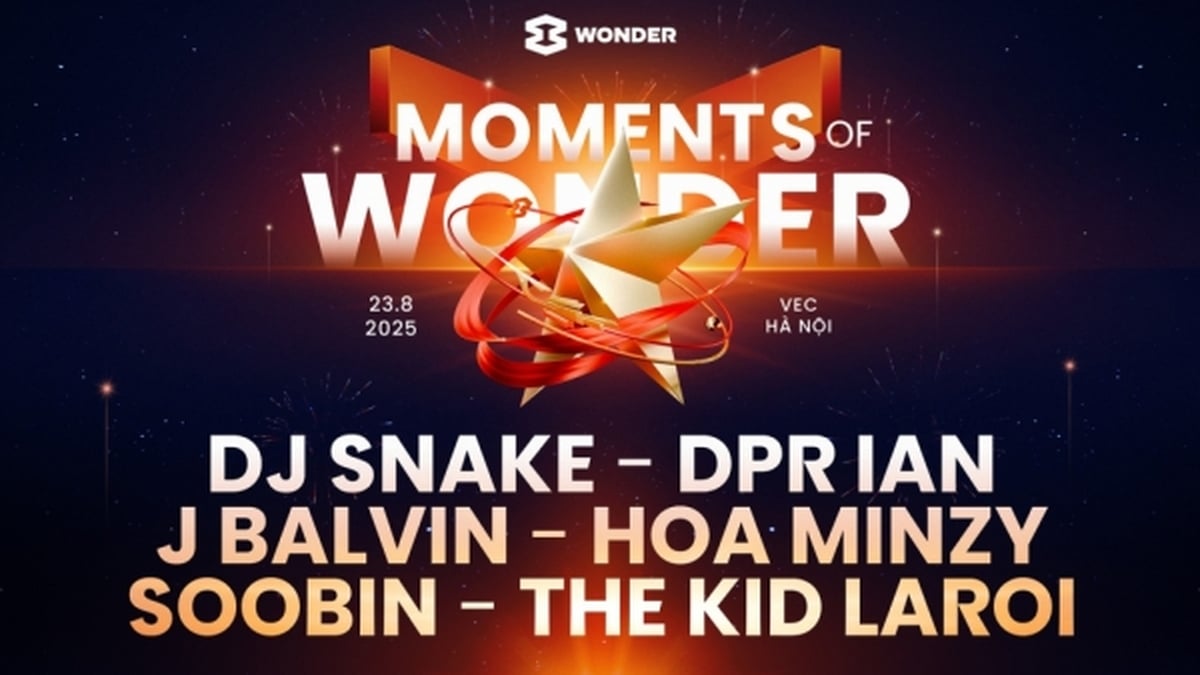
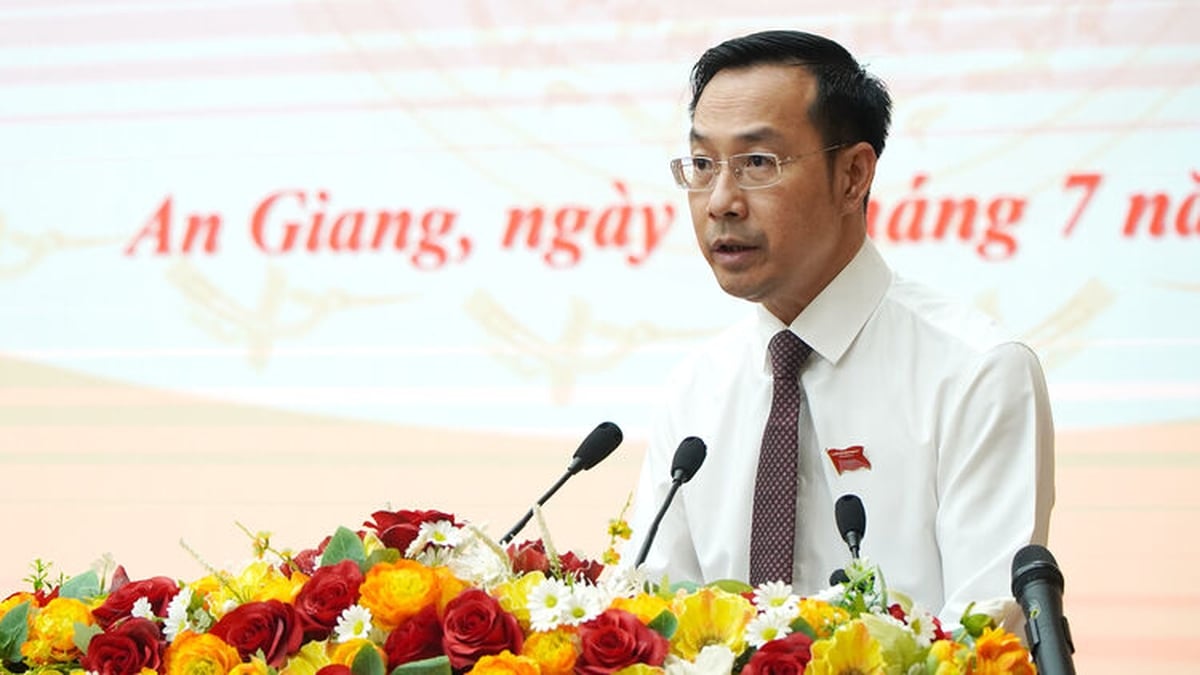
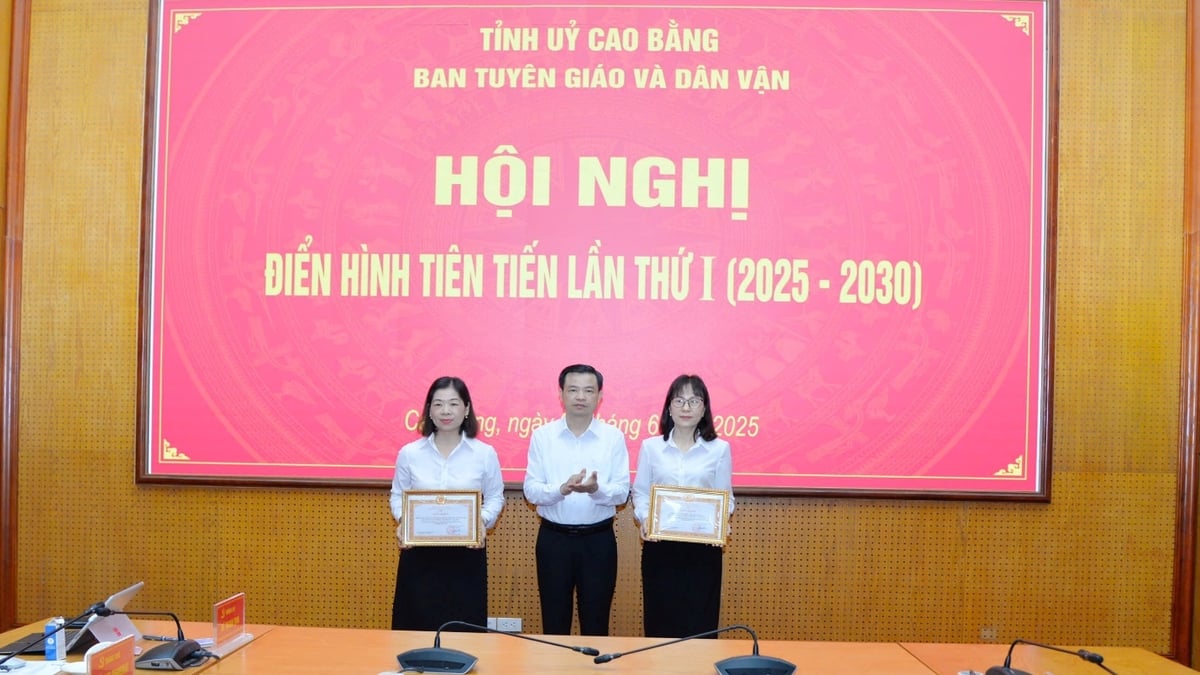

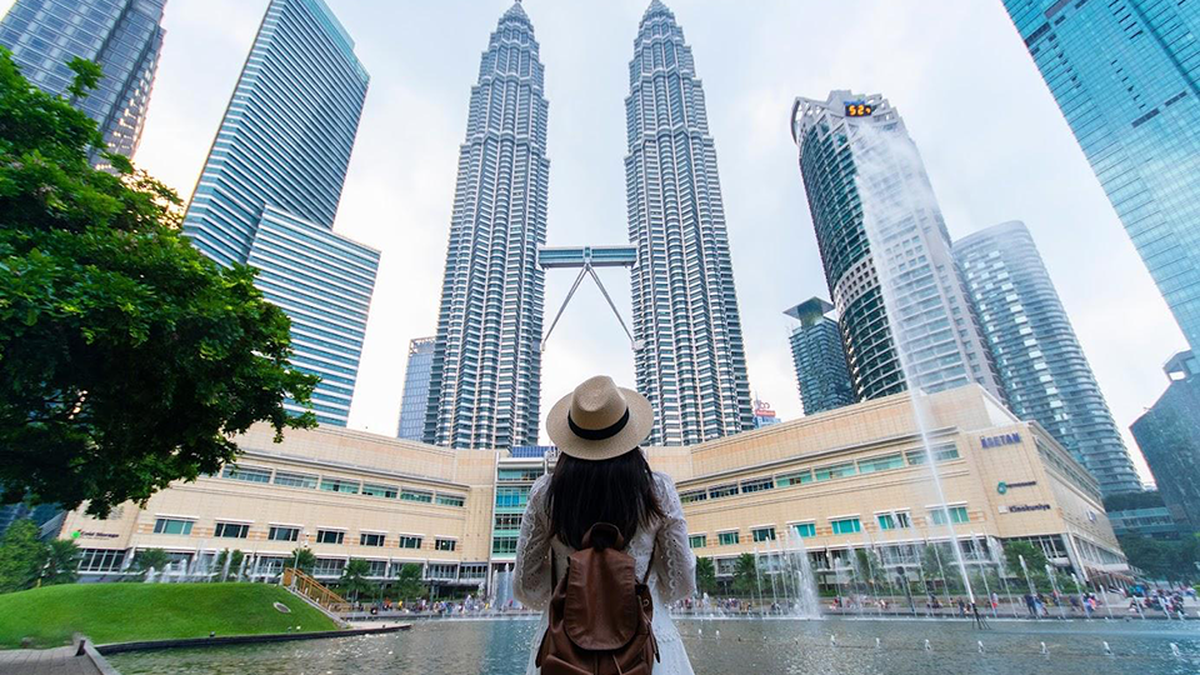
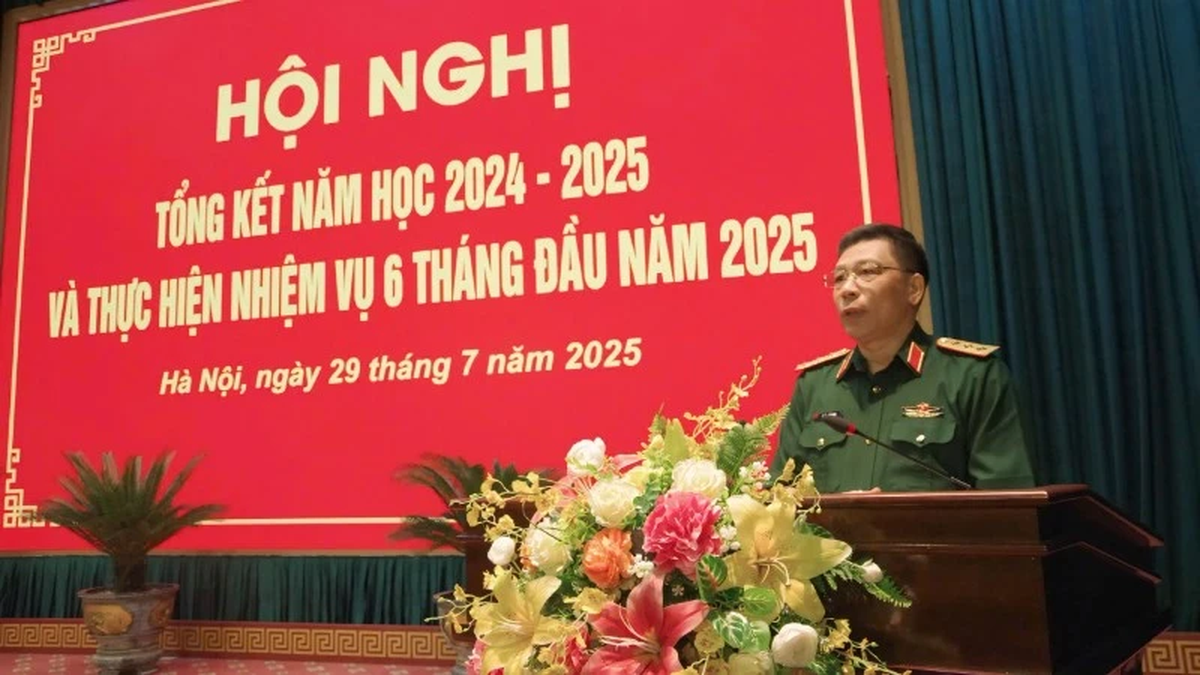

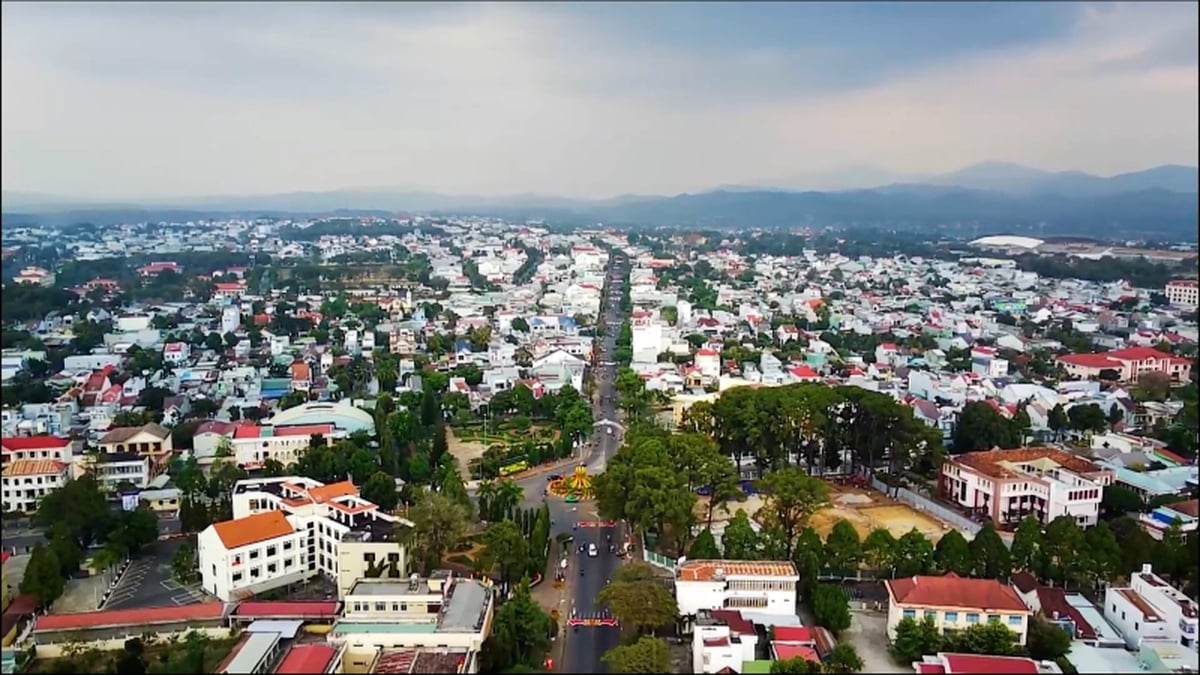
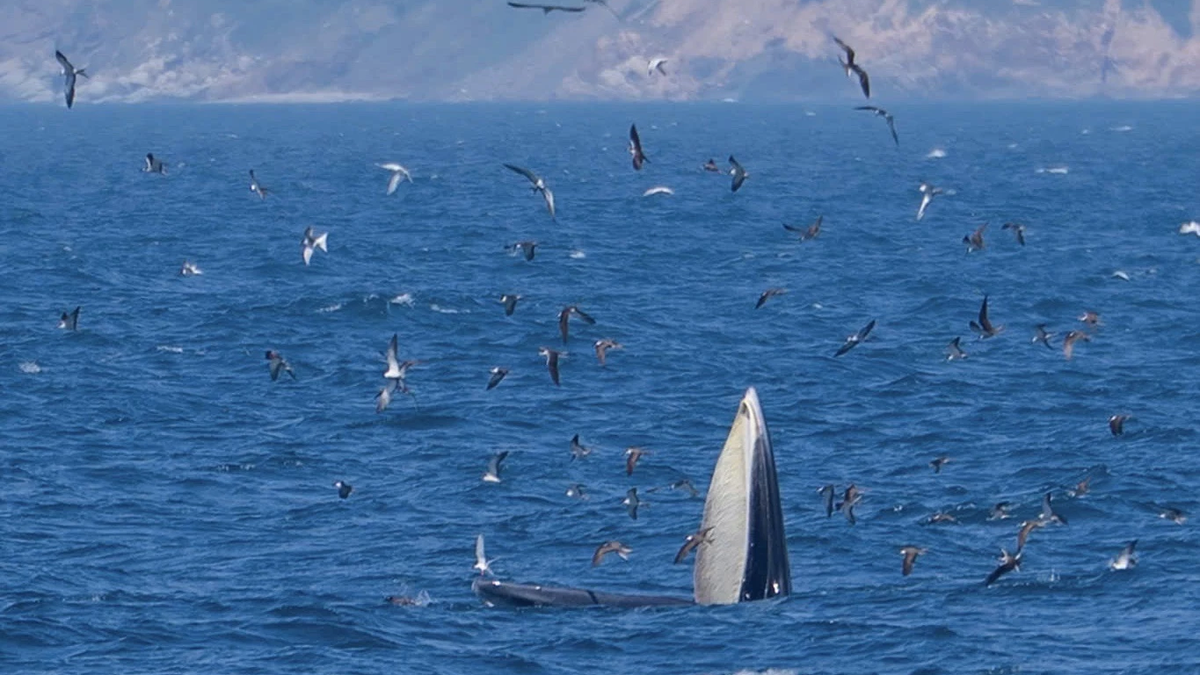
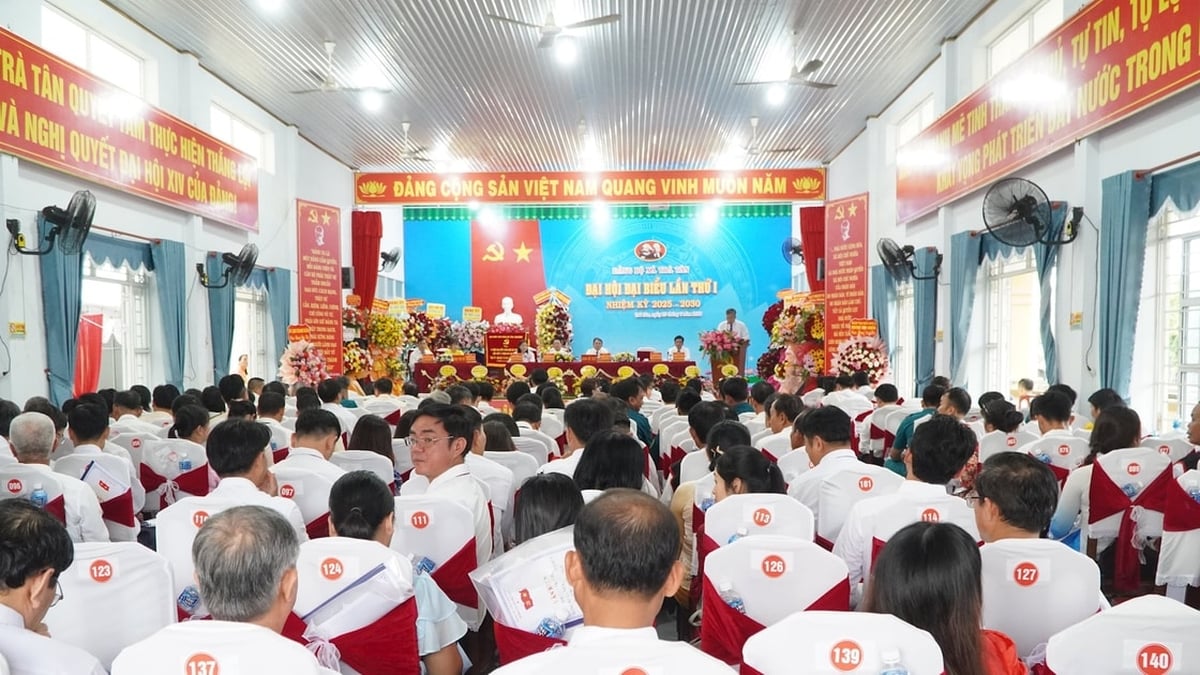













![[Photo] National Assembly Chairman attends the seminar "Building and operating an international financial center and recommendations for Vietnam"](https://vphoto.vietnam.vn/thumb/1200x675/vietnam/resource/IMAGE/2025/7/28/76393436936e457db31ec84433289f72)















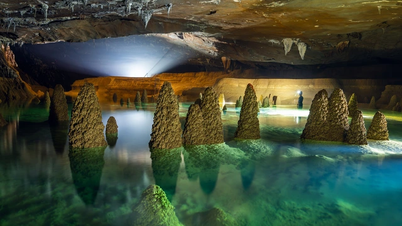










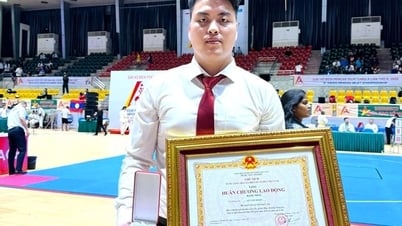





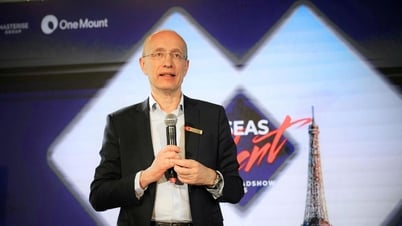


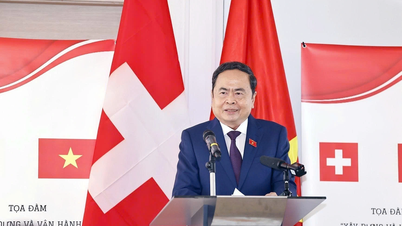





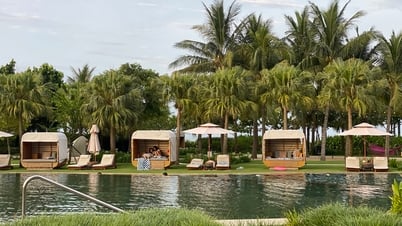


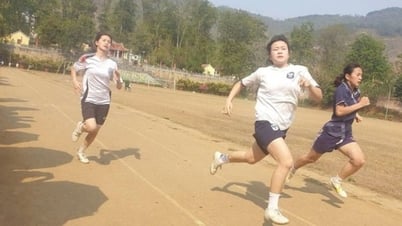


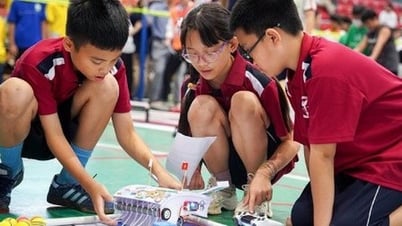

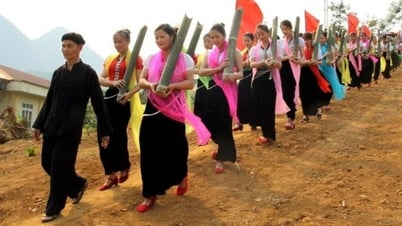
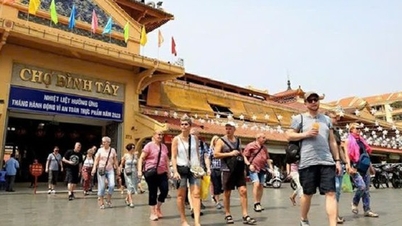




















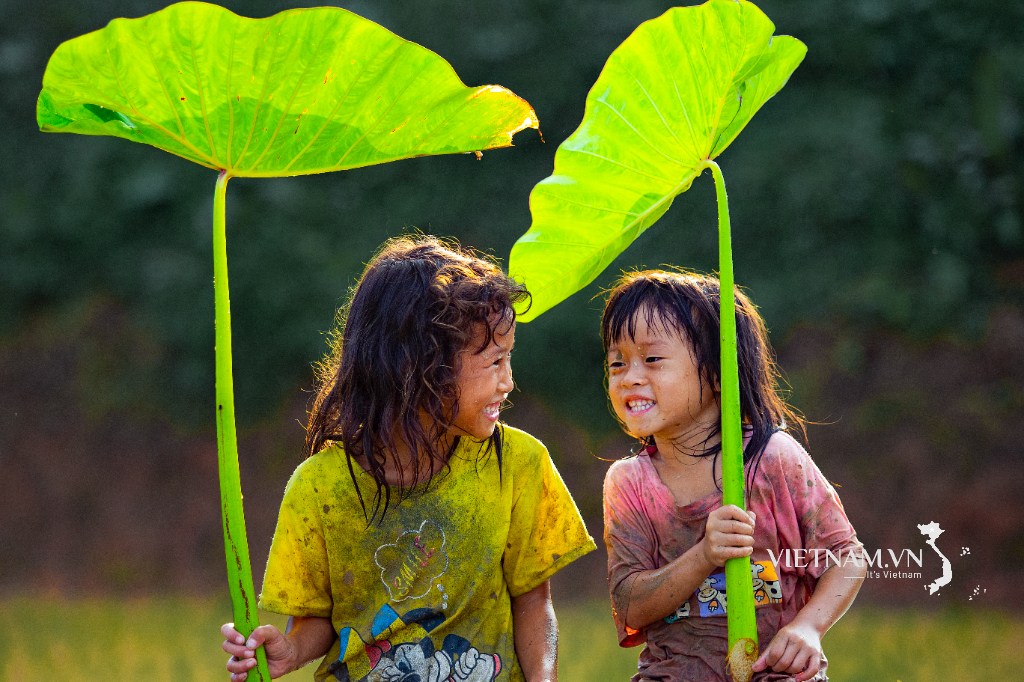
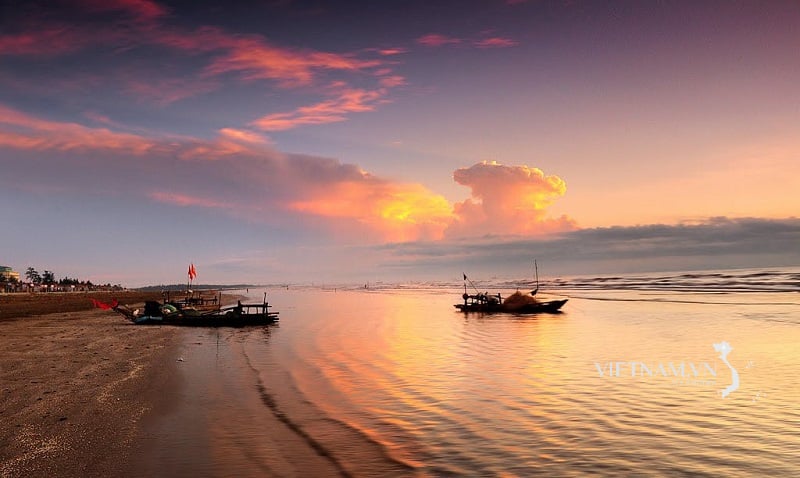
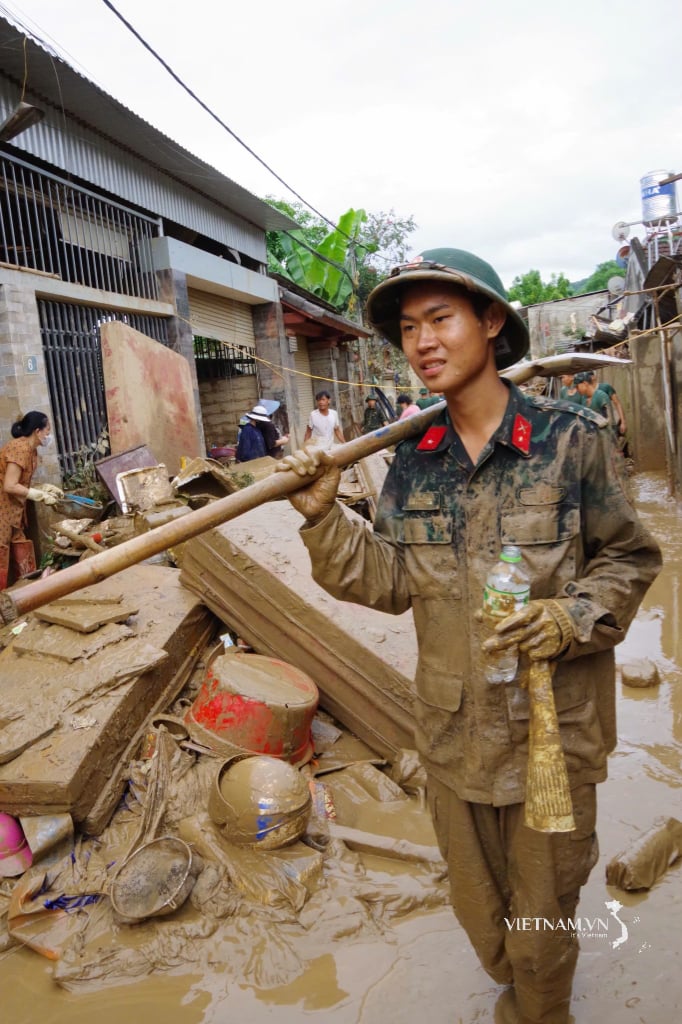

Comment (0)